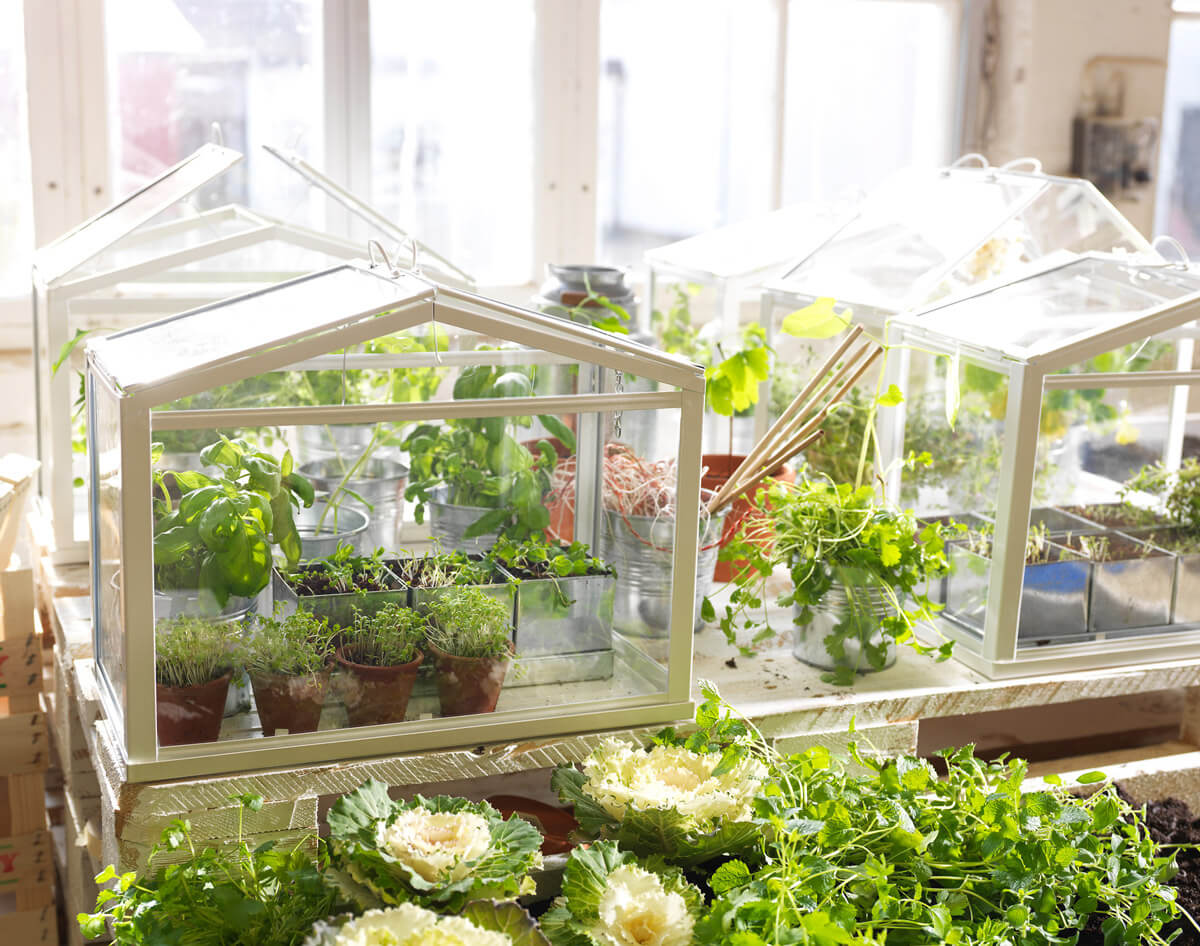Gingelly Plant: Key Benefits, Growth Insights, and Uses Explained

Gingelly—just hearing the word brings back spicy kitchen aromas from my childhood and the satisfying crunch of homemade sesame sweets. But I’ll confess: my first adventure with gingelly (aka sesame, til, or ellu) was a comedy of errors in 2019. Thinking “gingelly oil” was some mystical, rare ingredient, I scoured half of London’s ethnic groceries—only to learn from an amused Tamil auntie that “gingelly” and “sesame” are the same darn thing! If you’ve felt that kind of confusion, welcome to the club.

Here’s what I wish someone had told me sooner: when it comes to gingelly—the plant, seed, and oil—real-world know-how trumps technical theory every single time.
What Gingelly Looks & Feels Like (In The Real World)
Forget textbook diagrams. Stand in a sunbaked South Indian field during August: green stalks sway waist-high, their pointed leaves trembling in warm breezes. Brush your palm across them and you’ll feel roughness, a hint of earthiness left on your skin. The bell-shaped flowers open in subtle pinks or whites. When they give way to seed pods—a little over an inch long—you can actually hear the dry rattle as they mature.
When those pods ripen? Miss harvest by even two days and you’ll see seeds raining down everywhere—much to the delight of opportunistic sparrows (ask me how many times I tried netting versus scarecrows before finally just harvesting early!).

Proven Ways To Shop For Authentic Gingelly Products
Test #1: Don’t get hung up on the label.
- At a Chennai street market or a Whole Foods aisle in Boston, scan for Sesamum indicum on packaging.
- If you see til (Hindi), ellu (Tamil/Kannada), or plain “sesame,” grab it—they’re all legit.
Personal hack: Smell before buying oil if you can. Unrefined gingelly oil has this rich, nutty aroma—like toasted bread but deeper. Refined versions are almost scentless; if authentic flavor matters (especially for South Indian pickles or rasam), always go cold pressed.
Cost snapshot: In 2024 at my local Indian grocer, cold-pressed gingelly oil runs about $7-$8/500ml bottle; refined is sometimes $2 cheaper but lacks that punchy taste.
Growing It Yourself: Lessons From Failed First Attempts
Year one growing sesame in my backyard? Total flop—I sowed seeds way too early (“April is sunny!” I thought). New England frost nuked them all. By year two, I waited until mid-May, after nighttime temps reliably sat above 60°F.
Here’s what worked:
- Soil prep: Loosen soil at least 6 inches deep; sandy loams drain well (tried clay-heavy spots = roots stalled out).
- Spacing: Every 6 inches is minimum—crowded plants get spindly and pod production tanks.
- Watering: Sesame hates wet feet! Once seedlings hit 4 inches tall, water just enough to keep soil slightly moist.
- Harvest tip: The moment pods turn light brown but BEFORE they split open—snip stems, cluster them upside down inside paper grocery bags. Seeds tumble out naturally over several days indoors without loss to birds or wind.
Last summer using this method: from a single 5x3 foot bed (~30 plants), I harvested 750g of seeds—enough for six months’ worth of tahini plus all the garnishes my salads could dream of.
Beyond Cooking — Tried-and-Tested Traditions
Gingelly oil isn’t just a culinary star; it’s been part of my Sunday wellness routine for years now. My mom swears by warming a quarter-cup between her palms before massaging into scalp—a ritual she learned as a child in Kerala—and honestly, nothing soothes dry winter hair faster.
Bonus tip from actual experience: If you use it for abhyanga (Ayurvedic massage), lay down an old towel—the golden stains are stubborn!
For wounds or minor skin irritation? Even doctors back home recommend dabbing pure sesame oil on scrapes—but always patch test first; allergies are real.
Obstacles You’ll Actually Face (& How To Beat Them)
-
Mismatched names on shelves: Just last month at an LA pop-up market labeled only “ellu oil,” two customers debated its authenticity—they both left empty-handed! Check botanical names—or ask store staff directly for clarification.
-
Seed loss at harvest: If you grow your own and forget to bag pods when they brown up...brace yourself for disappointment as half those seeds end up bird food.
-
Flavor fails with wrong oil type: Once used cheap refined "sesame" oil in sambar instead of gingelly; ended up with blandness where there should’ve been warmth and aroma.
Now? Always buy cold pressed from trusted brands like Idhayam or 24 Mantra if cooking South Indian food.
Why All This Matters
My fascination with ingredients isn’t academic—it’s about flavor memories and family traditions surviving across generations and continents. Knowing how to recognize true gingelly/sesame means not missing out on those tastes—even if marketing labels try their best to confuse us!
If you love experimenting: roast white seeds lightly till fragrant (just two minutes on medium heat). Sprinkle over noodles for instant complexity—or grind into quick tahini with lemon juice for salad dressing at home (costs barely $1 per batch compared to $7 jars).
And something magical happens when you realize: whether called gingelly in Trichy or sesame in Toronto—it’s still that singular plant connecting kitchens worldwide.
Your Next Steps—From Someone Who's Been There
- Be fearless about regional names—they're all synonyms for the same powerhouse plant.
- For depth of flavor, always choose cold pressed/expeller pressed oils over refined unless neutral taste is specifically needed.
- Start small if growing: even one sunny patio pot can yield enough seeds for multiple meals!
- Embrace tradition but don’t be afraid to test new recipes—gingelly works beautifully beyond classic dishes (try drizzling onto roasted veggies).
- Never hesitate to quiz sellers about source/origin—that’s how you discover hidden gems and avoid imposters!
- Enjoy the process: each failed harvest or off-label purchase sharpens your senses—and stories taste better when spiced with real-life trial-and-error.
Welcome to Team Gingelly/Sesame—a global community built not on textbooks but on hands-in-the-dirt discovery and shared kitchens everywhere!



